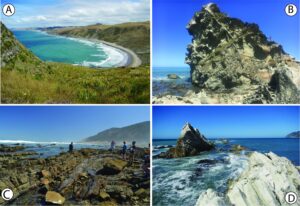Conservation efforts, such as geoconservation, involve some degree of subjectivity, compromising the objective data and verifiable evidence required for effective decision-making. Geodiversity, which comprises the non-living components that underpin life, is increasingly at risk from human activities and is frequently overlooked in conservation initiatives. Here, we develop a novel subjectivity evaluation tool and management framework, […]
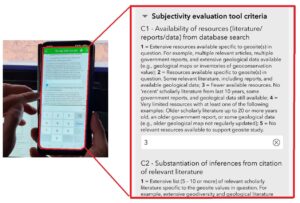
The quarry museum at Dinosaur National Monument, which straddles the border between the American states of Colorado and Utah, is the classic geoconservation site where visitors can see real dinosaur bones embedded in rock and protected from the weather by a concrete and glass structure. The site was found by the Carnegie Museum in August […]
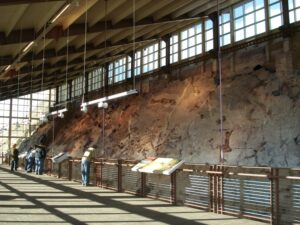
“Canaralele din Portul Hârșova” geosite is integrated into ‘Canaralele Dunarii’ Natura 2000 site (ROSCI0022), and represents the northern part of the geologic profile in Jurassic deposits that is exposed along the Danube River valley between Hârșova and Capidava. This sector exhibits Middle and Upper Jurassic deposits, developed in biohermal (in situ spongalgal, coralgal reefs and […]
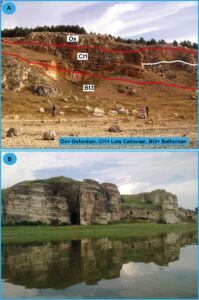
The Garden Park National Natural Landmark in central Colorado U.S.A. was established for 40 acres (0.16 sq. km) by the U.S. National Park Service in 1973 in recognition of its historical and paleontological significance. It was here that rather complete dinosaur skeletons were first discovered in great abundance and diversity in the late 1800s, sparking […]
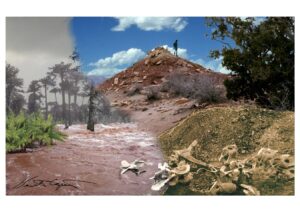
The Pha Chan – Sam Phan Bok Geopark is at the easternmost part of Thailand and has the border with Laos. Furthermore, it is the most famous Mekong River Civilization area and dominated by sedimentary rocks of the Khorat Plateau. Different erosion rate produces spectacular landforms such as potholes, rapids, stacks, cliffs, and cascades. According […]
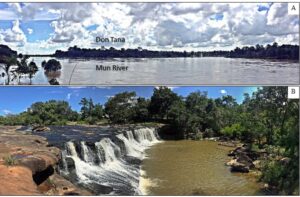
The rock engravings, the subject of this article, are artistic representations made by people from cultural communities who no longer exist. The rock art was a way of expressing their thoughts, culture and beliefs, before the invention of writing. The engravings represent an archive of an ancient civilization which developed over thousands of years throughout […]
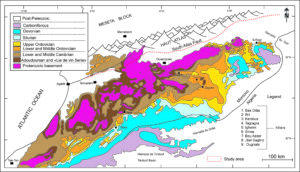
This paper uses sustainable tourism development paradigm to demonstrate the economic, social-cultural and environmental potentialities presented by ‘Geotourism’ and its primary product ‘Geoparks’ in the quest for sustainable tourism development in Africa. Utilising secondary data sources, this study finds that; geotourism and geoparks are a relatively new phenomenon and subdivisions of geology and tourism. Though […]
Homolje is one of the most developed geomorphological areas in Eastern Serbia. Shallow karsts prevail across this region with cover vegetation and soil, with developed surfaces, and underground karst landforms. This type of terrain leads to the occurrence of different geomorphological landforms that stand out from the rest, primarily for their scientific, aesthetic and ecological […]
The Manawatu and Wairarapa regions, lower North Island, are an important geological archive for New Zealand but are not among the iconic geotourism attractions of New Zealand. Recently the geoheritage values of the region have been discussed by various groups including Massey University and Horizons Regional Council with an aim to promote the region to […]
